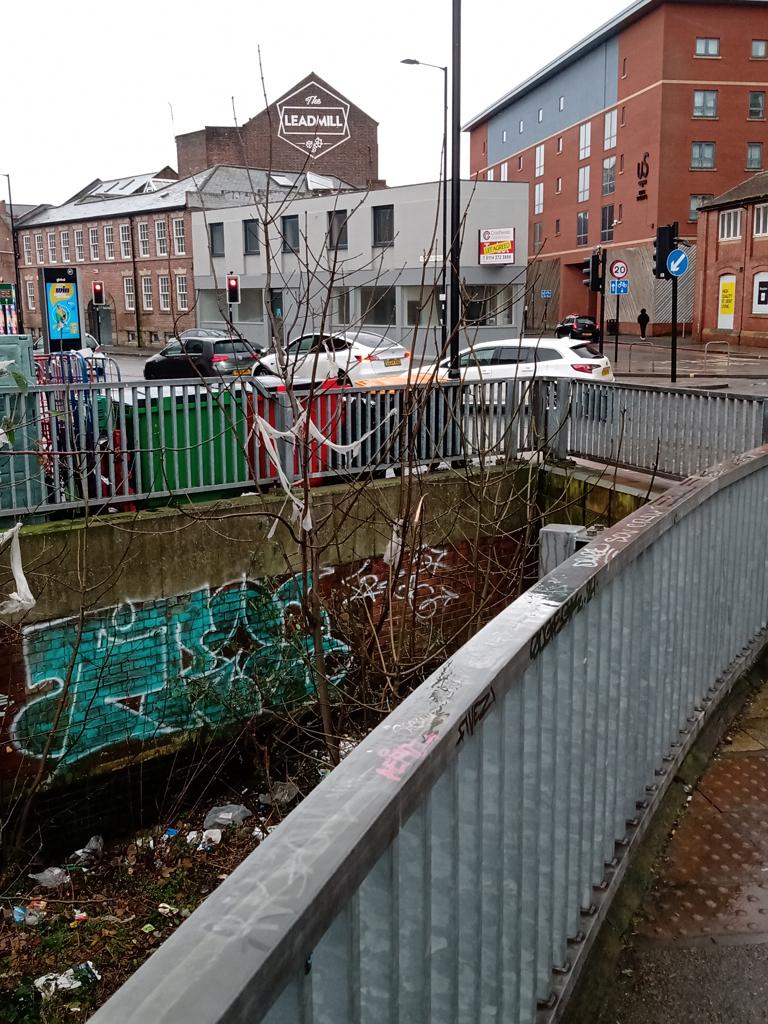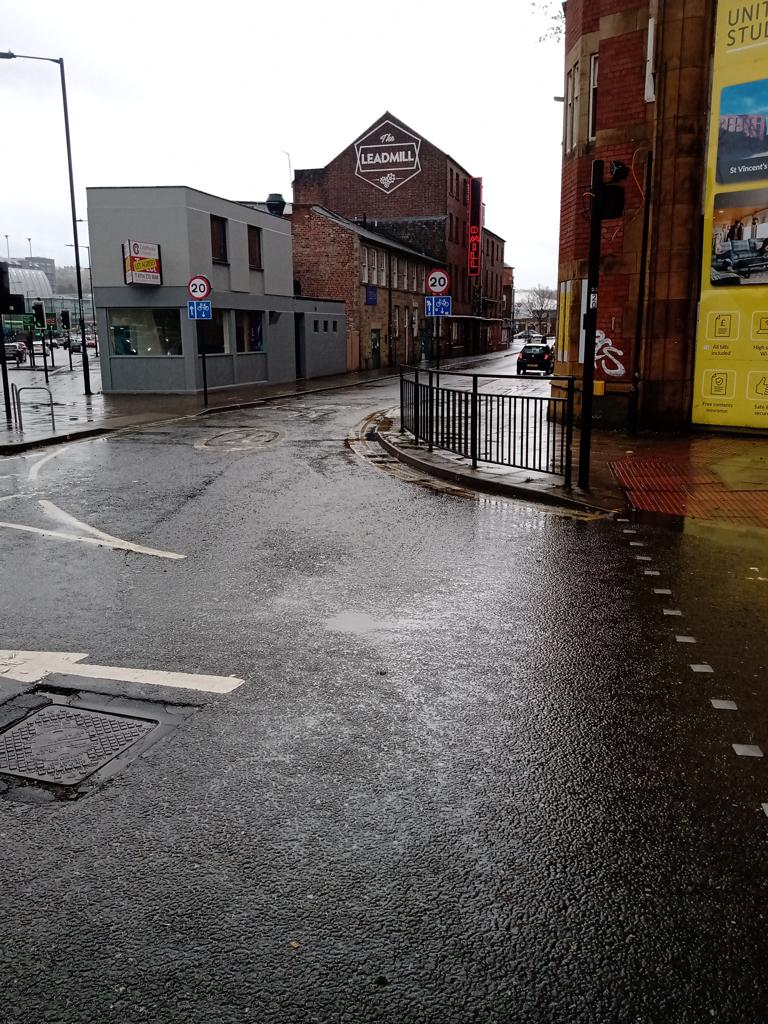Water Music
Writing Challenge 2025
Posted by Chris Sissons on Jul 2, 2025
Writing Challenge » Chris Sissons
For several years, I've completed a Writing Challenge with many people all over the globe. We write something inspired by prompts for 21 days, plus an introduction. This year, the prompts are about place, and I've chosen the River Porter in Sheffield. These posts touch upon the river's history but they're also about what it means to me. I'm not following the river in any order except that the first 10 posts are about the Porter Valley and the second 10 posts are about the Porter in the city. I hope readers will participate and I have a couple of challenges; see the paragraphs in bold towards the end.
Let’s revise how dams work. There were 20 dams along the Porter and most were built to a simple basic design. They started building them in the 16th century and they peaked in the 18th and 19th centuries before the advent of steam power.
They’ve stood the test of time. The ones that have gone were removed by people for various reasons, mostly to make way for other developments. In one case, it was to stop the hoi polloi stripping off in front of the posh people’s houses.
Most of the ones that survive have lost the workshops that were attached to them as well as the wheels. But they survive as water management systems.
Usually, some of the water from the river is diverted into a head goyt, at the top of a weir. The rest of the river flows over the weir. The longer the head goyt, the further the drop between the dam and the river. The drop determines the size of the wheel and the power of the water. After powering the wheel, the water returns to the river via the tail goyt.
You can see how the river can power a succession of dams because little water is lost to the river, as most of the diverted water returns to it.
That’s how most of the dams work. There are exceptions. I’m aware of two on the Porter.
Forge Dam is one exception. It is the first dam after the source and so the water flows swiftly. Forge dams the river so that the river flows through the dam. As the dam slows the water, this dam is especially prone to silting. I don’t know whether this was one of the first dams or whether someone took advantage of its position at the top of the valley. This approach to building dams was not copied because the usual approach works better.
The creators of the other 19 dams were masters of water management. The Sharrow Snuff Mill still uses water power, showing these dams were built to last. Maybe with net zero, we’ll see a return to water-powered industry.
The other exception is the Lead Mill. This is probably the last dam before the Porter meets the Sheaf. The old maps show another dam named Pond Tilt below the Lead Mill but it's hard to work out which rivers it connected to. It is very close to the Sheaf and there were other ponds connected to the Sheaf nearby.
The Lead Mill was different because the head goyt was connected to the Sheaf and the tail goyt to the Porter, just before it joins the Sheaf. Arguably, this dam is on the Sheaf and not the Porter and the Porter acted as the tail goyt to the Sheaf. You can see why I’m not convinced the Pond Tilt is a Porter dam.
As to the Lead Mill, it worked lead and more famously lent its name to a well-known music venue. The image below shows the railings beyond which the Porter flows under Midland Station to join the Sheaf. You can see how close to both rivers the Leadmill is.

The Leadmill closed this last weekend. A legal decision means the owners are reclaiming the building from the people who run the venue. The people who run the venue are planning to move to another city and take the name with them. The owners are planning their own music venue and have been told they can’t use the name. But the name is a memorial to a piece of Sheffield’s history. It would be a pity to lose it.
How might posts of this type be used for marketing? Think about how you might use this post or a post like it to promote your business. I add a few thoughts after each post, like this:
An earlier version of this post began with an apology. The earlier version of the post about the Forge Dam had assumed it was built in the same way as the other dams. I had to backtrack and reinterpret my photos! It is easy to make this type of mistake. And at the other end, you can see I'm still not convinced I fully understand the sequence of ponds along what is now Pond Street. The water engineering in that area was complex and by all accounts, in later years, a disgusting, stinking mess.
We don't always have the complete picture and sometimes this is important when marketing and selling. Even a highly accomplished practitioner discovers new things about their area of expertise. And sometimes applying a method encounters issues not previously encountered. The unknowns make practice interesting but if your customers feel like guinea pigs, things can get tricky!
My other challenge is for Sheffielders. Do you have anything to share about the Porter? Your experiences along it, bits and pieces of history you've uncovered, folklore you've heard? If you remember something, please share it in the comments. (Or maybe you are more familiar with other rivers in Sheffield, you could share those too.) Let's see what we can find out over the coming weeks.
This is the nineteenth of 21 stories about the Porter. The last story was: Heroclitus Redux. The next is: Invisible River.

Comments
Leave a comment.
Leave a comment.



 )
)